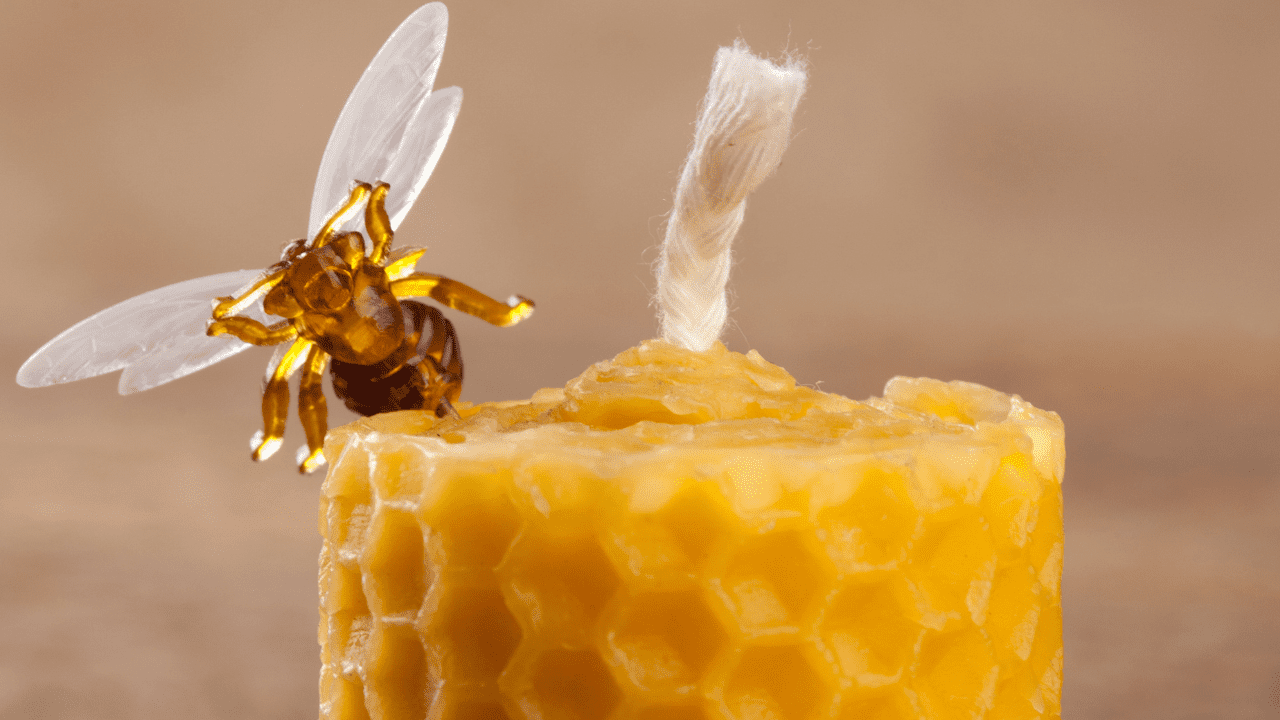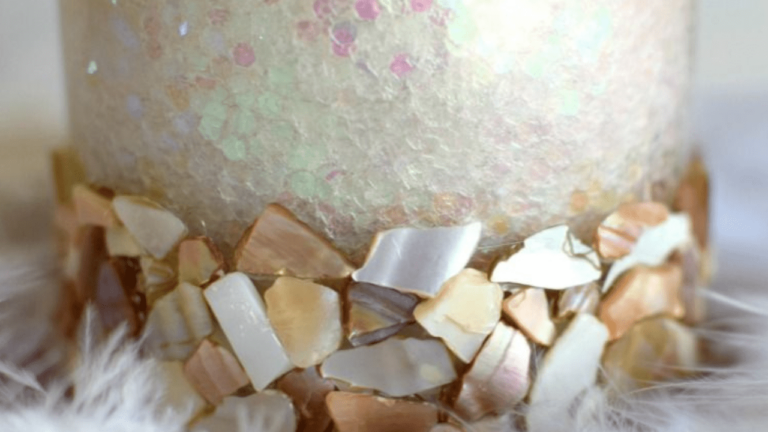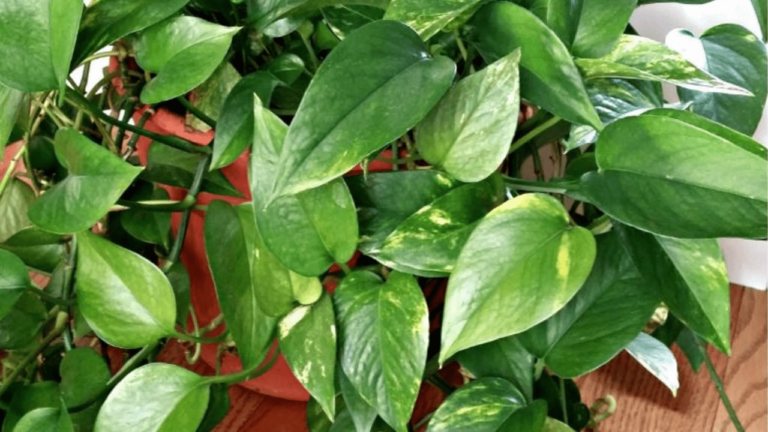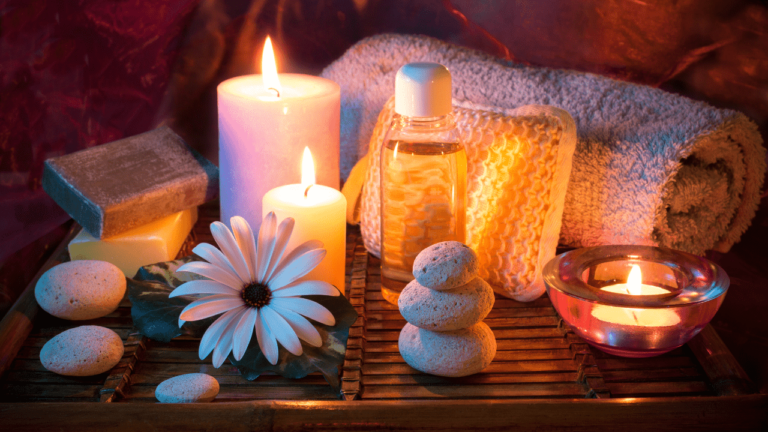DIY Guide: to Making Beeswax Candles with Essential Oils
Beeswax Candles With Essential Oils. Candles provide a certain ambiance of coziness and warmth in our modern houses. Many people find that lighting a candle helps them unwind and take a step back from their hectic schedules. Even though the United States has banned dangerous lead wicks, many candles are still produced with paraffin wax and artificial smells.
Scented beeswax candles, on the other hand, not only help us maintain clean air at home, but their gorgeous natural golden glow is also twice as comforting. This article covers how to make the best beeswax candles with essential oils.
Beeswax Candle Supplies and Ingredients:

- Two (4-ounce) repurposed french yogurt jars
- candle melting pitcher
- Two pre-waxed hemp candle wicks
- 6-ounce beeswax pastilles or blocks
- 1-ounce coconut oil
- Kitchen scale (Digital)
- 2-wick centering devices
- 2-wick sticker tabs
- A half teaspoon of lemon essential oil
- Silicone whisk with heat resistant
- Candle thermometer
read more:DIY Mosquito Repellent Candles – Indoor & Outdoor
Procedures On How To Make Beeswax Candles With Essential Oils
Prepare the Candles by Setting the Wicks and Measuring the Beeswax
One wick sticker should be positioned in the middle of the bottom of each yogurt container. And finally, stick the wick tab to the container. For 2 candles, you will need 6 ounces of beeswax, which can be measured using a kitchen scale.
Melt Beeswax
The measured beeswax should be melted in a candle-melting pitcher. Put the wax-filled pitcher into a big saucepan with water to cover the bottom by about 2 inches. When using a double boiler, cook over low heat until just simmering. Bear in mind that beeswax melts at a temperature of 144 degrees Fahrenheit. Silicone spatulas can withstand high temperatures, so you can constantly stir the dish.
As soon as the wax has melted, take the pitcher off the heat to prevent the wax from overheating and burning. Add 1 ounce of coconut oil to the melted wax and stir until combined.
Cool and Scent Beeswax with Essential Oils
Then, you can keep an eye on the temperature by clipping a candle thermometer into the pitcher. Add 1 1/2 teaspoons of lemon essential oil to the wax once it has cooled to 155 degrees Fahrenheit. Stir continuously for 2 minutes to fully incorporate the fragrance.
Pour Scented Beeswax
Pour the scented wax into the glass yogurt jars carefully when the temperature reaches between 150 and 160 degrees Fahrenheit and the wax is still liquid but cold enough to coat the sides of your pouring pitcher. Each wick can be held as it cures by placing a centering device.
After the candles have cooled and the wax has hardened, you can trim the wicks. Reduce the length of each wick by a quarter of an inch. Please don’t succumb to temptation and burn your fragrant beeswax candles until they’ve cured for at least 3 days.
As a side note, beeswax is notoriously difficult to clean up. Make your beeswax candles, lip balm, sachets, solid perfume, and whatever else you can think of with a second candle-melting pitcher you can retain.
Selecting The Beeswax Candles To Use
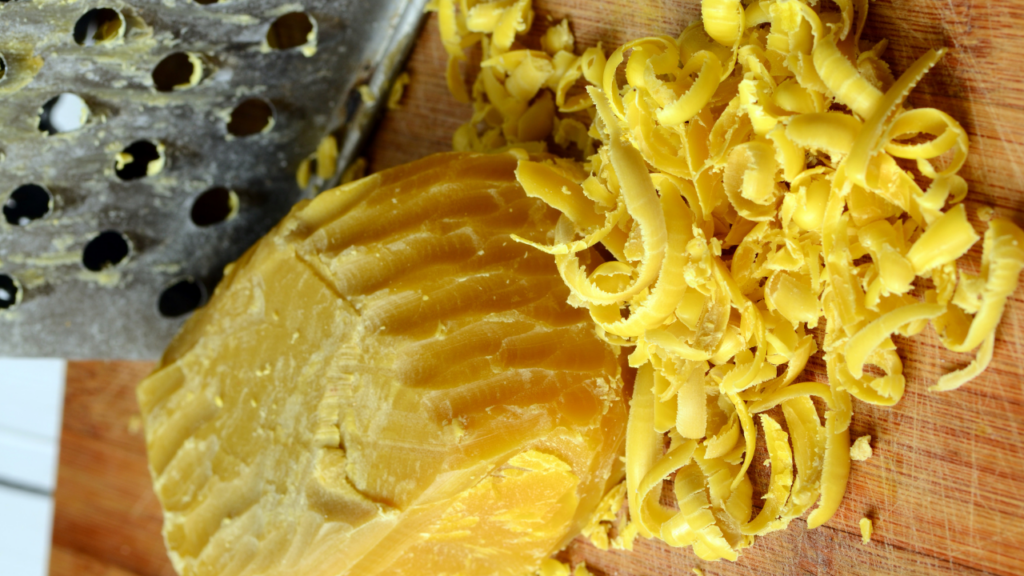
Three types of wax can be used to create candles from beeswax. To begin, we have beeswax blocks. It comes in both large, one-pound blocks and smaller, one-ounce ones. To facilitate rapid melting, the blocks can be grated on a cheese grater or broken into bite-sized pieces.
Raw beeswax can be purchased directly from a beekeeper if you know one in your area. However, filtering is required before using it to create scented beeswax candles. Here, Heather details the process of filtering beeswax for candle production.
Alternatively, try beeswax pastilles. These are the most user-friendly of the available choices. There is no need for sifting or chopping! Beeswax pastilles are simple to use and measure since they melt quickly.
Essential Oil Combinations for Candles
You are free to mix and match fragrances however you like. Add a signature touch by using your preferred or the recipient’s preferred fragrance to make these candles truly unique.
Different types of scents include: earthy, woodsy, floral, fresh, and tangy. Mix a strong fragrance with something lighter, like citrus, for a longer-lasting fragrance. When burning, one will be more upfront than the other, but both will combine to form a consistent aroma.
These are some wonderful holiday and everyday fragrances:
- Frankincense, myrrh, and orange
- Cedarwood, fir, and lemon
- geranium and lemon
Benefits of Natural Beeswax Candles
Even though soy candles are healthier than paraffin ones, nearly all of the soy sold in the United States is genetically engineered and full of chemicals.
Beeswax is effective at cleaning the air. Bentonite clay, which shares certain functional similarities, also emits negative ions. Several airborne and body poisons have a positive charge. Since negative ions tend to attract and bind to other negative ions, this can help keep them out of your system.
The toxic chemical cocktail that creates fragrance oils is also emitted by burning scented candles. Candles infused with essential oils are more of a source of wellness at home than a threat to your well-being.
Mistakes Most Candlemakers Make and How to Correct Them

Candle Top Not Smooth After Cooling
Small holes may form in homemade candles after they had cooled if the wax was poured when it was still too cold or if water was introduced to the wax during the melting process. This won’t happen if you use a melting pot. When melting wax in a double boiler, take extra precautions to prevent water from getting into the wax.
Tunneling
If the candle isn’t burned for long enough after each lighting, tunneling can occur. Most store-bought candles are equally vulnerable to this. To get the most out of your candles, burn them until a puddle of wax forms across the entire surface, then blow them out.
Sinkhole
Because wax contracts as it cools, newly poured candles can develop pinholes if allowed to cool too rapidly. A simple method to avoid this is to wait until the wax has cooled slightly before transferring it to storage containers.
Wax should not be heated to more than 180 degrees Fahrenheit, so use a candy thermometer to double-check before you pour. Give the wax a few minutes to cool after melting if you don’t have a thermometer.
Wick, Drowning
There are a lot of potential causes of wick drowning:
- You have utilized a container with curved or slanted sides.
- The wax rises almost to the brim of the container, leaving no space for a pool to form.
- There is not enough room for one wick in your container or the wick size you selected.
read more: 30 Fun Date Ideas to Try During the Winter
Making candles is, unfortunately, a learning process, and we had to figure things out as we went along.
What kind of oil do you mix with beeswax for candles?
Typically, you would mix melted beeswax with liquid paraffin oil or coconut oil to make candles. The exact ratio of beeswax to oil will depend on the desired consistency and burning properties of the candle.
How much essential oil do you put in beeswax candles?
Add 1-2% essential oil (20-40 drops per pound of wax) to beeswax candles, depending on preference and oil strength. Use high-quality oils and follow candle-making safety guidelines.
